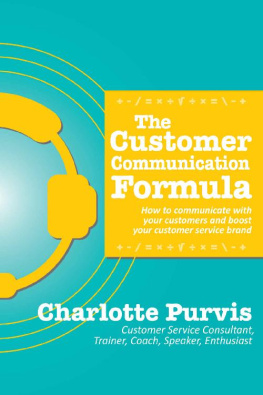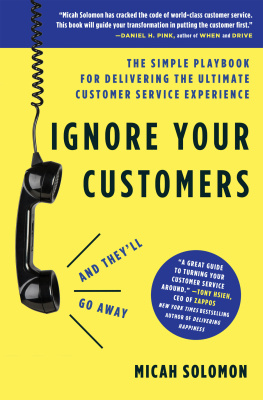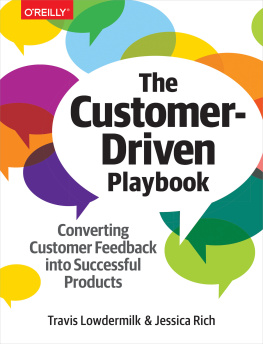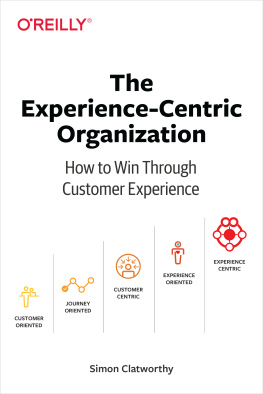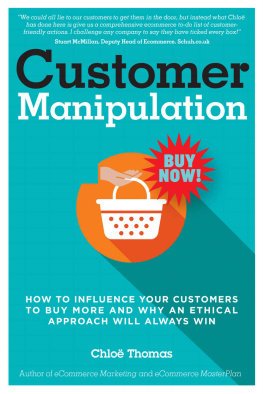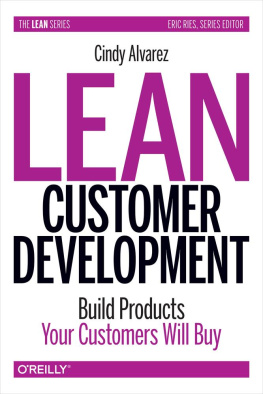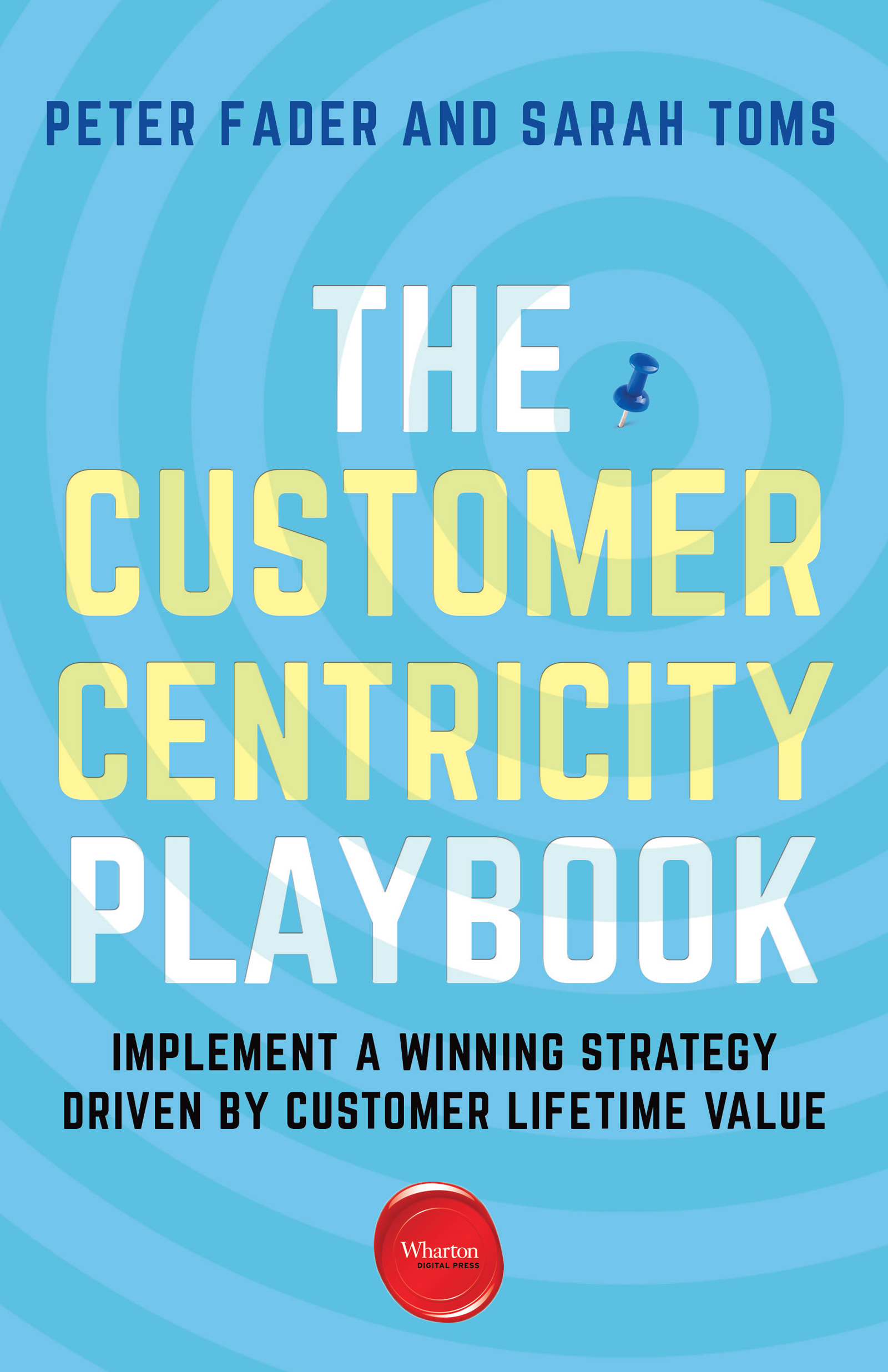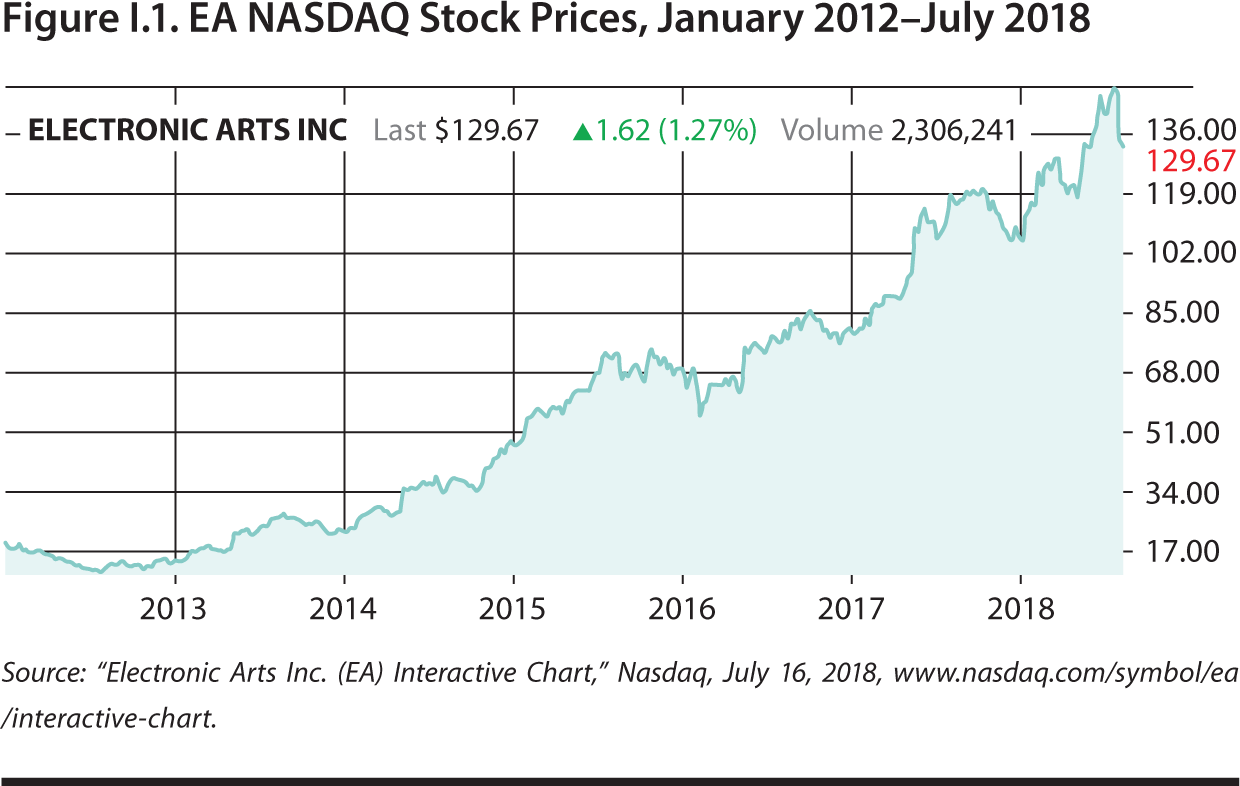Peter S. Fader - The Customer Centricity Playbook: Implement a Winning Strategy Driven by Customer Lifetime Value
Here you can read online Peter S. Fader - The Customer Centricity Playbook: Implement a Winning Strategy Driven by Customer Lifetime Value full text of the book (entire story) in english for free. Download pdf and epub, get meaning, cover and reviews about this ebook. year: 2018, publisher: Wharton Digital Press, genre: Business. Description of the work, (preface) as well as reviews are available. Best literature library LitArk.com created for fans of good reading and offers a wide selection of genres:
Romance novel
Science fiction
Adventure
Detective
Science
History
Home and family
Prose
Art
Politics
Computer
Non-fiction
Religion
Business
Children
Humor
Choose a favorite category and find really read worthwhile books. Enjoy immersion in the world of imagination, feel the emotions of the characters or learn something new for yourself, make an fascinating discovery.

- Book:The Customer Centricity Playbook: Implement a Winning Strategy Driven by Customer Lifetime Value
- Author:
- Publisher:Wharton Digital Press
- Genre:
- Year:2018
- Rating:4 / 5
- Favourites:Add to favourites
- Your mark:
The Customer Centricity Playbook: Implement a Winning Strategy Driven by Customer Lifetime Value: summary, description and annotation
We offer to read an annotation, description, summary or preface (depends on what the author of the book "The Customer Centricity Playbook: Implement a Winning Strategy Driven by Customer Lifetime Value" wrote himself). If you haven't found the necessary information about the book — write in the comments, we will try to find it.
They discovered a simple truthand acted on it: Not all customers are the same, regardless of how they appear on the surface. The most successful companies, from Amazon to Best Buy, understand their best customers are their most valuable asset, and they tailor their acquisition, development, and retention efforts to those customers.
InThe Customer Centricity Playbook, Wharton School professor Peter Fader and Wharton Interactives executive director Sarah Toms help you see your customers as individuals rather than a monolith, so you can stop wasting resources by chasing down product sales to each and every consumer.
Fader and Toms offer a 360-degree analysis of all the elements that support customer centricity within an organization. In this book, you will learn how to:
Develop a customer-centric strategy for your organization
Understand the right way to think about customer lifetime value (CLV)
Finetune investments in customer acquisition, retention, and development tactics based on customer heterogeneity
Foster a culture that sustains customer centricity, and also understand the link between CLV and market valuation
Understand customer relationship management (CRM) systems, as they are a vital underpinning for all these areas through the valuable insights they provide
Faders first book,Customer Centricity, quickly became a go-to for readers interested in focusing on the right customers for strategic advantage. In this new book, Fader and Toms offer a true playbook for companies of all sizes that want to create and implement a winning strategy to acquire, develop, and retain customers for the greatest value.
ALSO AVAILABLE: Peter FadersCustomer Centricityoffers an introduction to the subject.The Customer Centricity Playbookshows customer centricity converts where to get started.
A fantastic 360-degree analysis of how companies become truly customer-centric. Required reading.
Neil Hoyne, Head of Customer Analytics and Chief Analytics Evangelist, Google
A must-read.
Aimee Johnson, Senior Vice President, Digital Customer Experience, Starbucks
Fundamental insights to point organizations of any size in the right direction.
Rob Markey, Partner, Bain & Company, Inc., and coauthor,The Ultimate Question 2.0
Required reading for leadership teams, as well as marketing and sales executives.
Matthew Derella, Global Vice President, Revenue and Content Partnerships, Twitter
If you struggle with customer engagement or are ready to better acquaint yourself with your customers, Peter Fader and Sarah Toms new bookThe Customer Centricity Playbookis a must-read.
Jacqueline Parkes, Chief Marketing Officer and EVP, Digital Studios, MTV, VH1 & Logo
Peter Fader and Sarah Toms offer transformative insights that light the path for business leaders.
Susan Johnson, Chief Marketing Officer, SunTrust Banks
Essential reading for those who aspire to market leadership, regardless of industry.
Joshua Kanter, Chief Marketing Officer, PetSmart
I readThe Customer Centricity Playbookby Peter Fader and Sarah Toms in a single sitting.
Robbie Kellman Baxter, Consultant, Peninsula Strategies, and Author,The Membership Economy
Peter S. Fader: author's other books
Who wrote The Customer Centricity Playbook: Implement a Winning Strategy Driven by Customer Lifetime Value? Find out the surname, the name of the author of the book and a list of all author's works by series.

